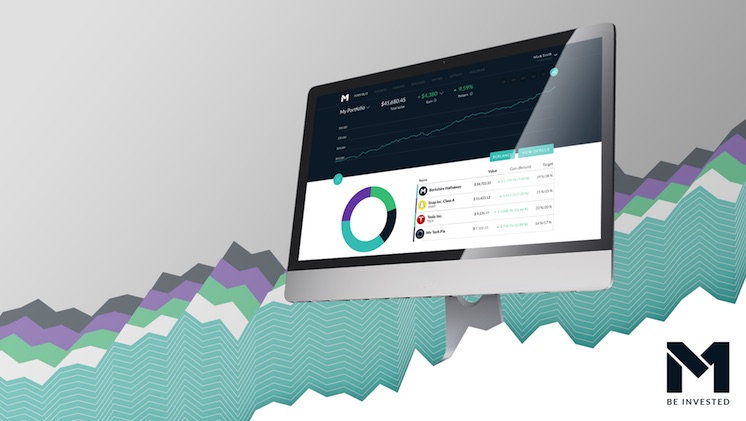Future of Investing
How a commission-free robo-adviser plans to generate revenue
- M1 Finance offers digital investment advisory services with no assets under management fees
- M1's model is based on the argument that it can make most of its money off backend services








